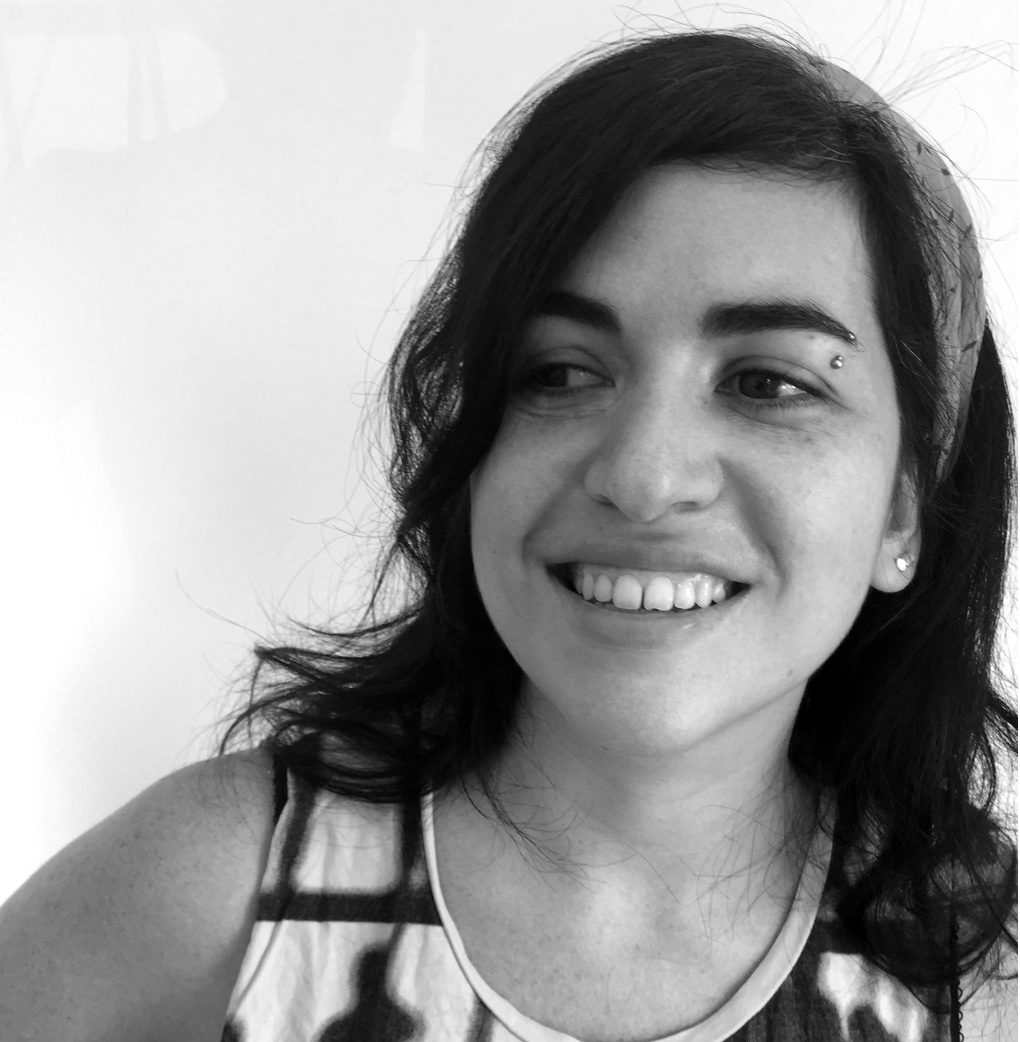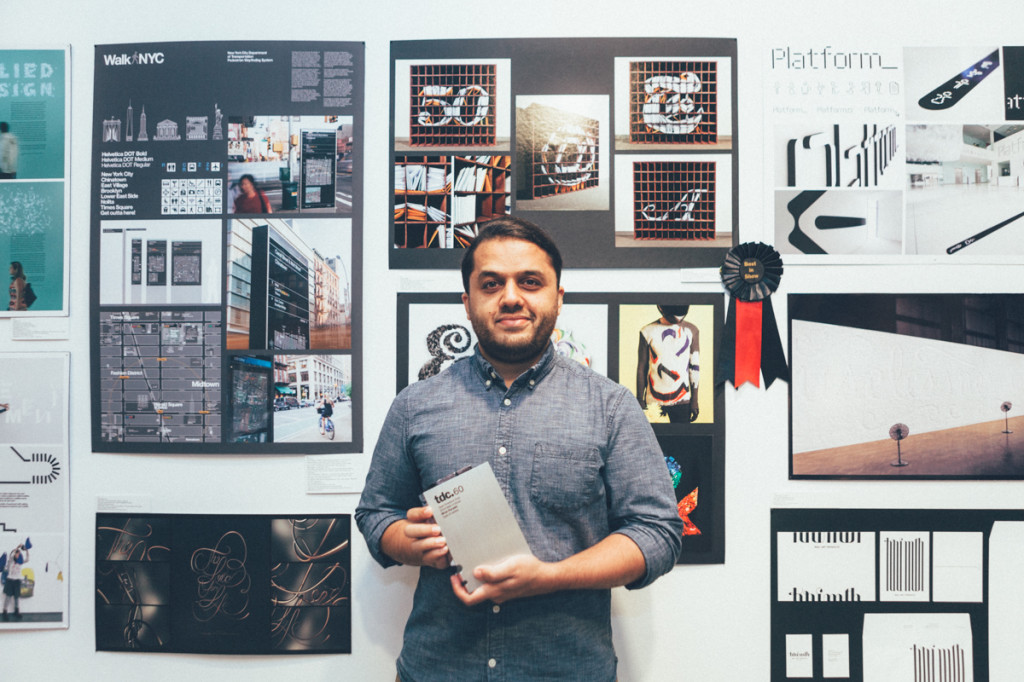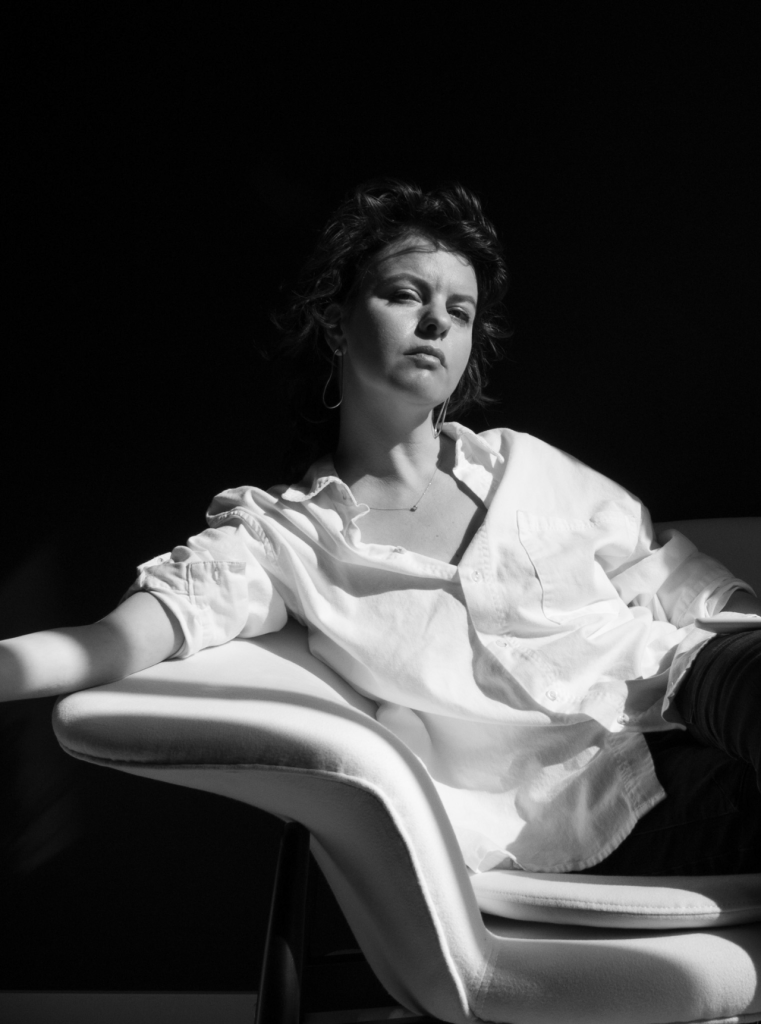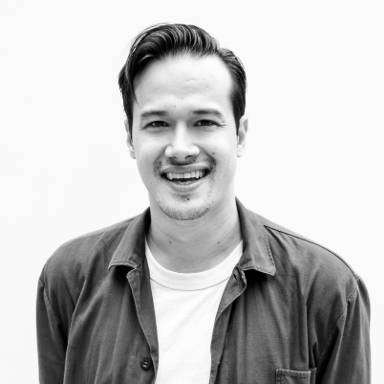You're a relatively new transplant to NYC. Tell us about your path that led you here!
That was a winding path! I finally moved here in November 2016, but that was a long time coming. I had been to New York over ten years ago, during my last semester at university in Rio de Janeiro, for a short one-week summer workshop with Milton Glaser at the School of Visual Arts. I also saw a lecture by Louise Fili that sparked my interest in typography. Until then, I barely knew what typography was. I completely fell in love with the city and with the design scene here, and that changed the path I was on.
Back in Brazil, I Iet go of animation to focus on design, tried to fill my typographic knowledge gap, and daydreamed about living in New York. After graduating, this led me to move to London, a New York-ish city where my European passport allowed me to live. In London, I studied typography and visual communication, and eventually did a Masters Degree in Type Design at the University of Reading. Then, I worked for three years designing type at Dalton Maag.
After a while, I became frustrated with type design and the process of having to spend so little time on concept compared to spending such a large proportion of time on production. So, I decided to move towards graphic design again. Obtaining a visa for the United States was a long process. Considering the date when it finally happened [Luisa arrived in New York City the same week that Trump was elected], I doubt I would have been able to move here at all if I had taken a few more months to make this decision. But I am here now, living in New York for over a year and still in love.
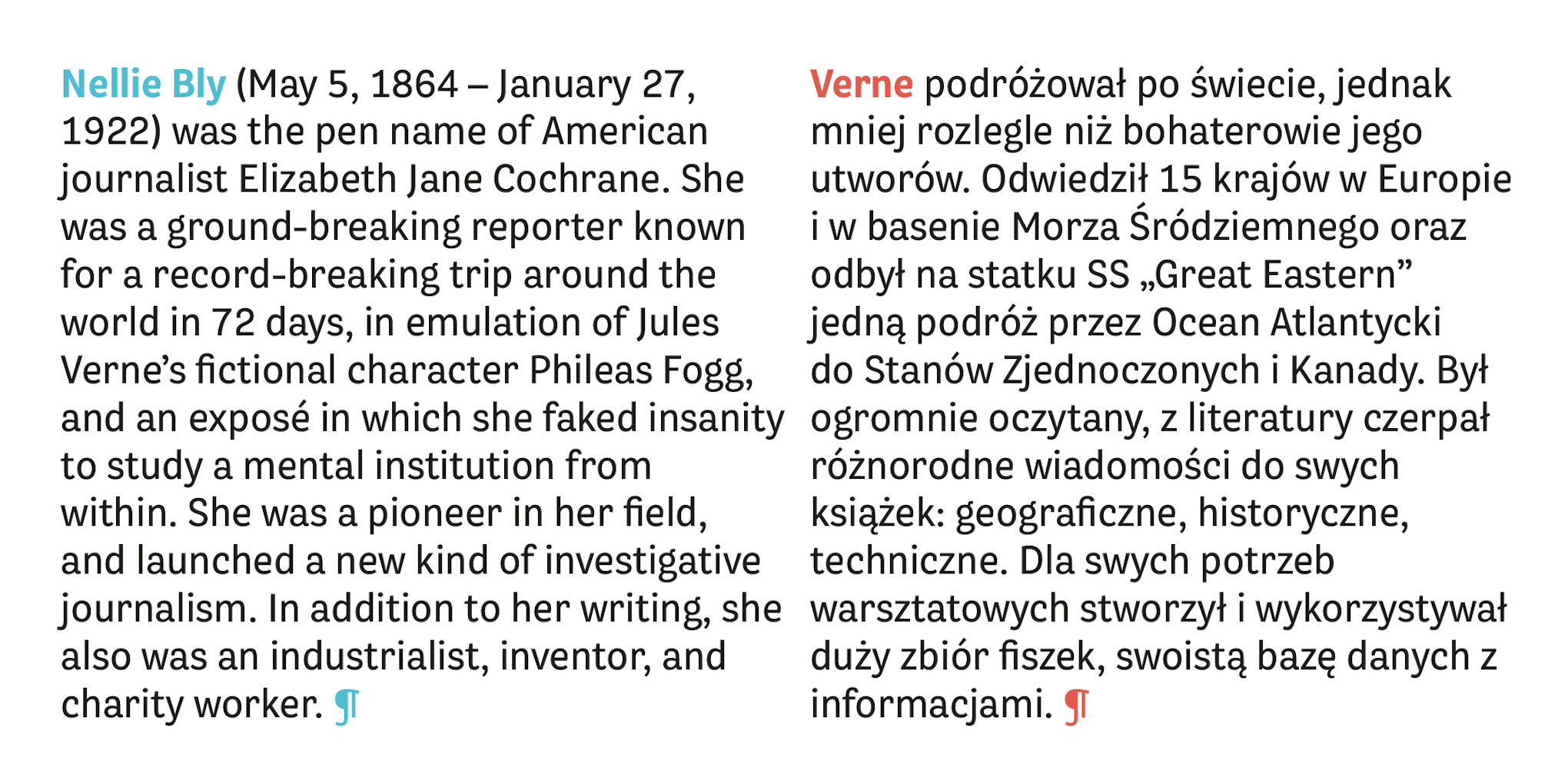
Bligh, the typeface I designed at Dalton Maag.
You've entered the field of graphic design in a kind of opposite way — you mastered type design by attending Reading and worked in London before jumping into graphic design. Tell us a bit about your experience, and how that affects your approach to graphic design.
The time that I spent studying and working with type design was a necessary detour to fill the gap in my understanding of typography. I hoped that learning to design type would help me look at type better and it did. It also made me look at other aspects of design differently than I did before — for example, in matters of scale, systems and consistency. I am happy I did that, because it gave me a confidence to select and use type that I would not have had otherwise…or, at least, it would have taken me much longer.
Now I am catching up on other aspects. For example, spending so much time focusing on type design made me a bit rusty with the use of color, so I have been trying to improve that over the past year. As a freelancer in New York, I have been actively looking for opportunities to work on graphic design or branding projects in which typography plays a strong role. This is why, for example, I have really enjoyed spending time working with Mucca.
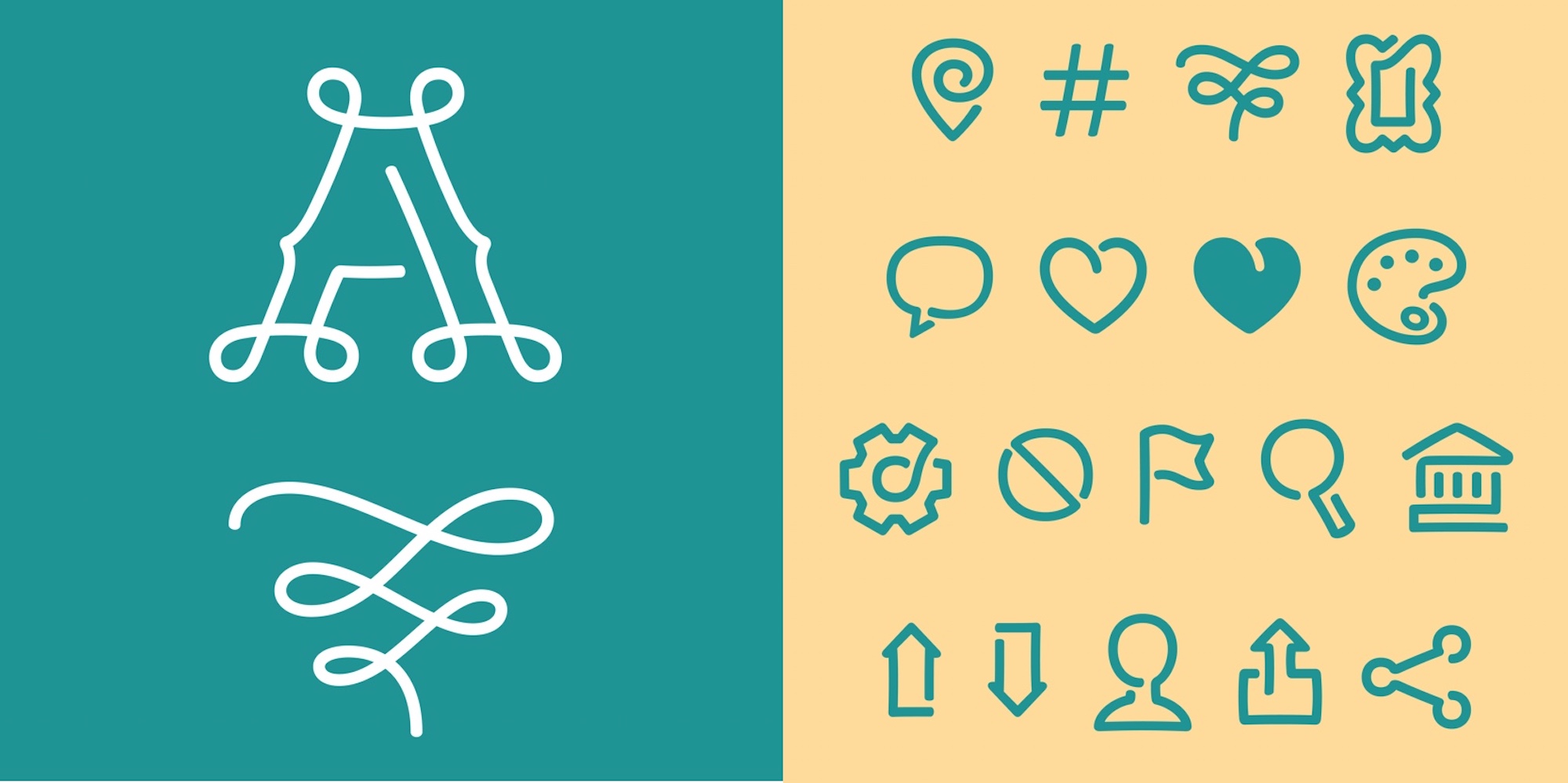
A monogram and some icons that I designed for the Artstring app.
Describe a passion project or personal project you've been interested in doing recently.
I haven't had a lot of time for personal projects recently. I used to have a project called Urban Letterscapes where I illustrated street lettering. I haven't added anything to it in a long time. This month I decided on a whim to participate on #36daysoftype on Instagram. I've been posting a combination of recycled letters that I drew in the past and new stuff.
It's been fun drawing isolated letters without any regards to context or system. A couple of things came out that I would never have drawn if I were on a type-design mindset. I've also been slowly working on a personal type design project, but it's still in its early stages. In my other life, I've also enjoyed writing. One day, I'd love to write a comic book for my husband, a comic book artist, and have him do the drawings.
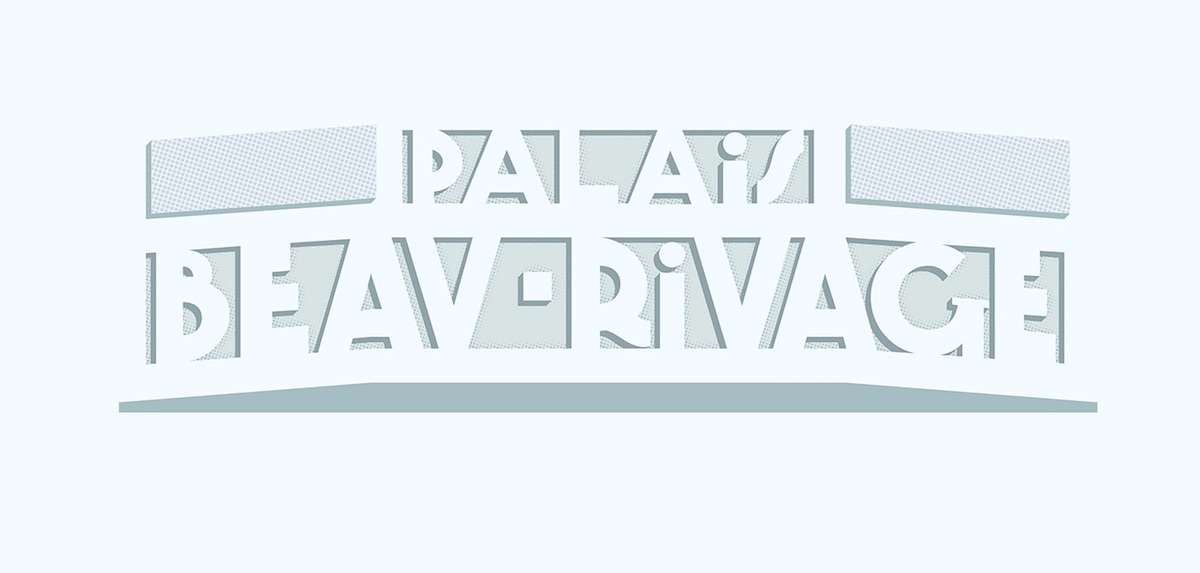
A personal project in which I make illustrations of lettering.
